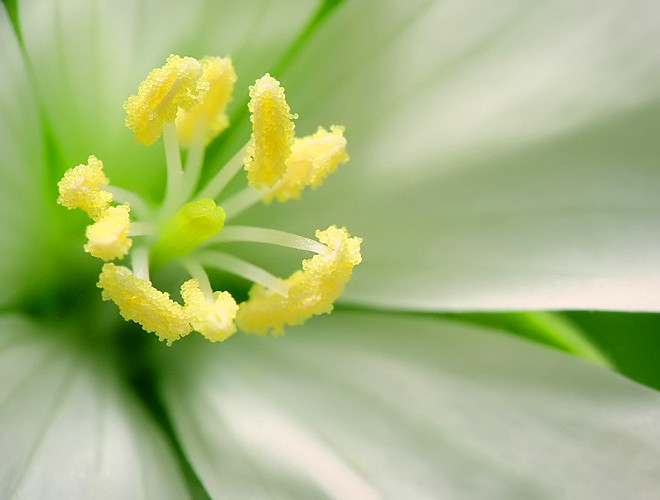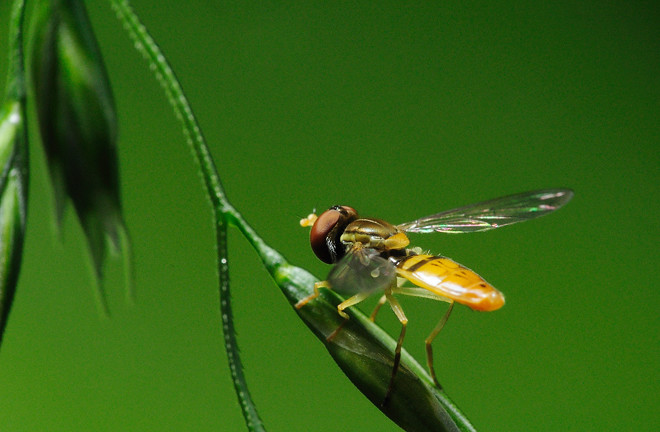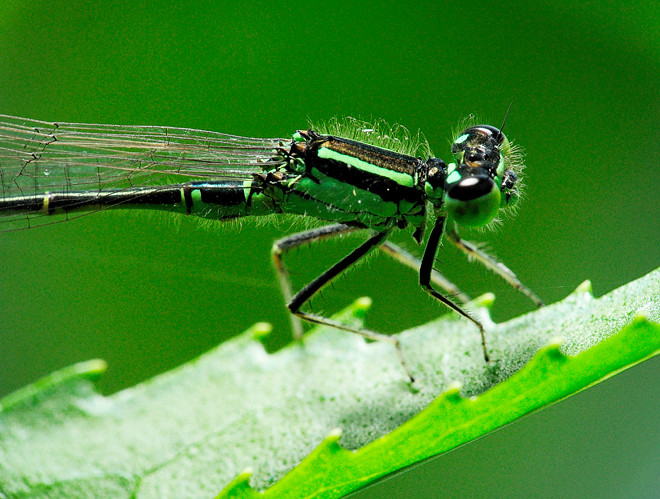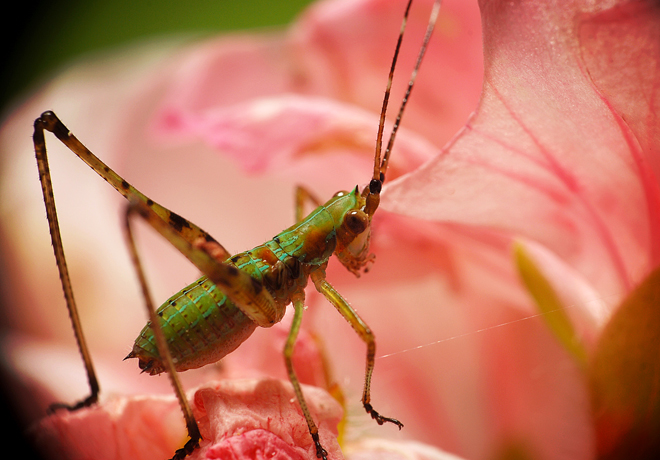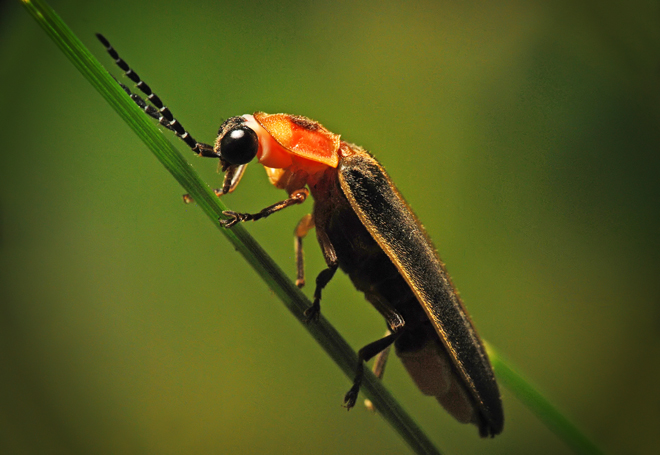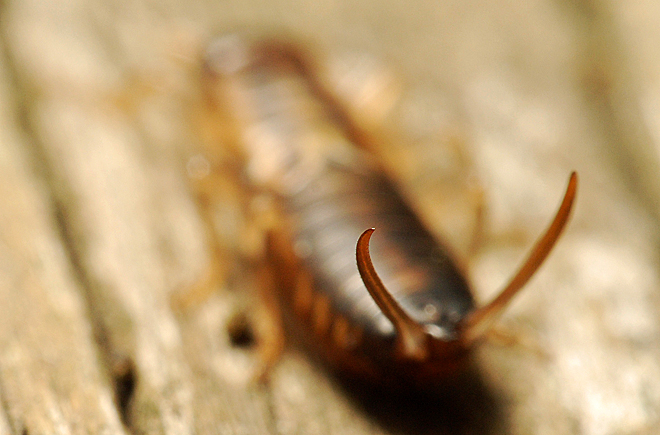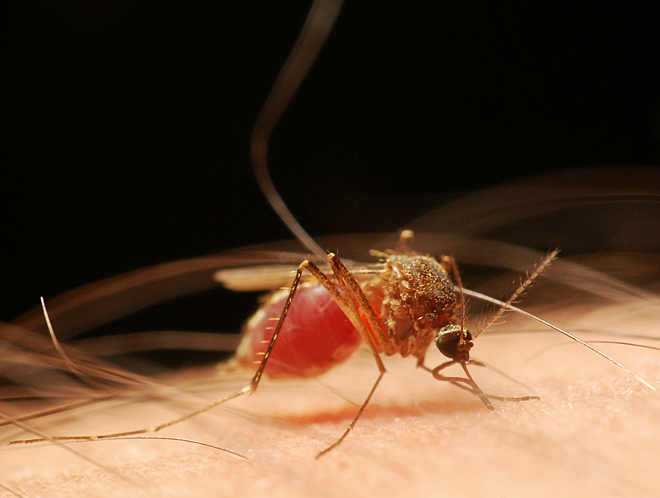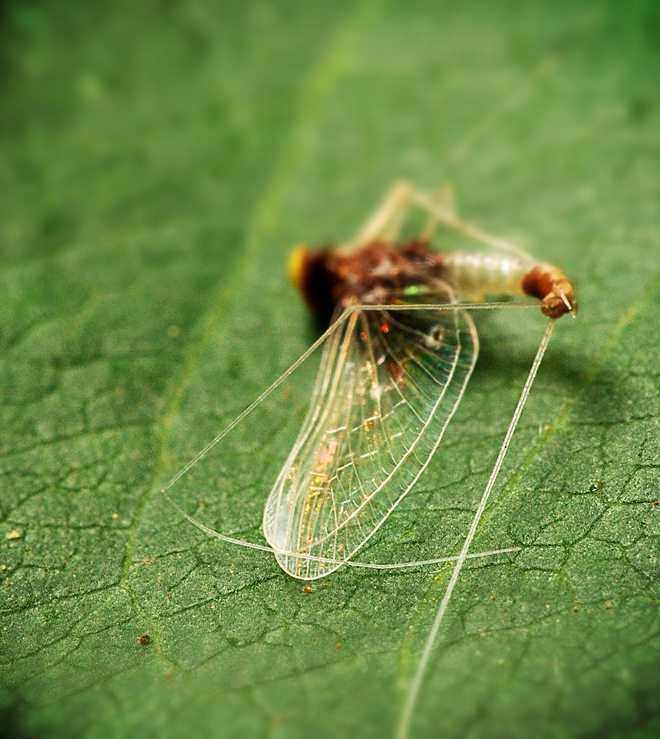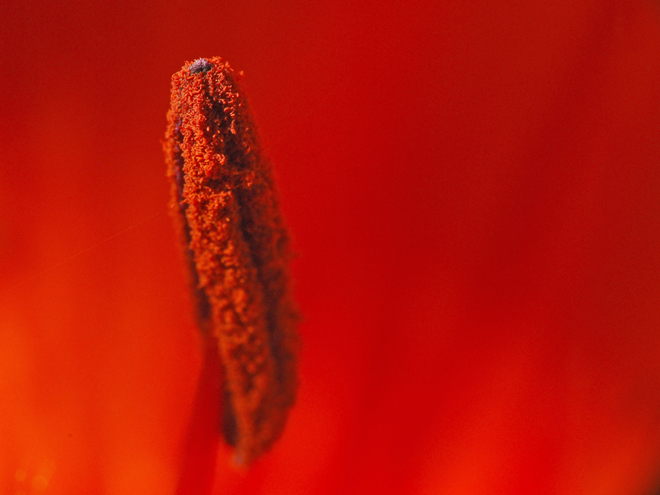
About this time a year ago, I was bemoaning the fact that Japanese beetles were wreaking havoc around my house. I first noticed some brown leaves falling from a large birch tree in my front yard. They all seemed to be skeletonized -- the only portions that remained were the veins, all else had been carefully eaten. A little Googling identified the culprits -- Japanese beetles, which

have no natural enemies, therefore giving them free rein to do the two things they do best -- eat like gluttons and make baby beetles.
When a few beetles discover an ideal food source, say, the birch tree in my front yard, an ornamental shrub with reddish leaves, roses or fruit bearing plants, they set up residence and send out pheromones that other beetles can detect up to two miles away. Party's on.
Even more disturbing than the lawn bags full of dead leaves was that as I blew bushels of leaves out of my driveway day after day, I noticed a fine layer of coarse black dirt that blew off along with the leaves. It took me some time to realize that it wasn't dirt -- it was Japanese beetle poop raining from the birch tree.
I posted my situation on this blog last year and got a few good suggestions as to how to keep Japanese beetles at bay this time around. One of them was to dose the tree's roots in the springtime with an insecticide. The idea is that the tree will draw the chemical up from the ground and render its leaves poisonous to insects.
In late May, I poured two gallons of insecticide around the base of the tree as the leaves were just beginning to emerge. Then I waited for the beetles to arrive to see if it worked.
So far, so good. To date, I've only found two leaves with beetle damage that have fallen in my yard, and one of them had a dead beetle attached to it. My birch tree is still lush and green, while two trees across the street have long since turned brown and are losing leaves. Other trees around the subdivision in which I live have suffered a similar fate. Two trees never recovered from last year.
The Japanese beetle above is just one of many that I find in my driveway on a daily basis.
What is it that they say about payback?
Photographs © 2009 James Jordan.

